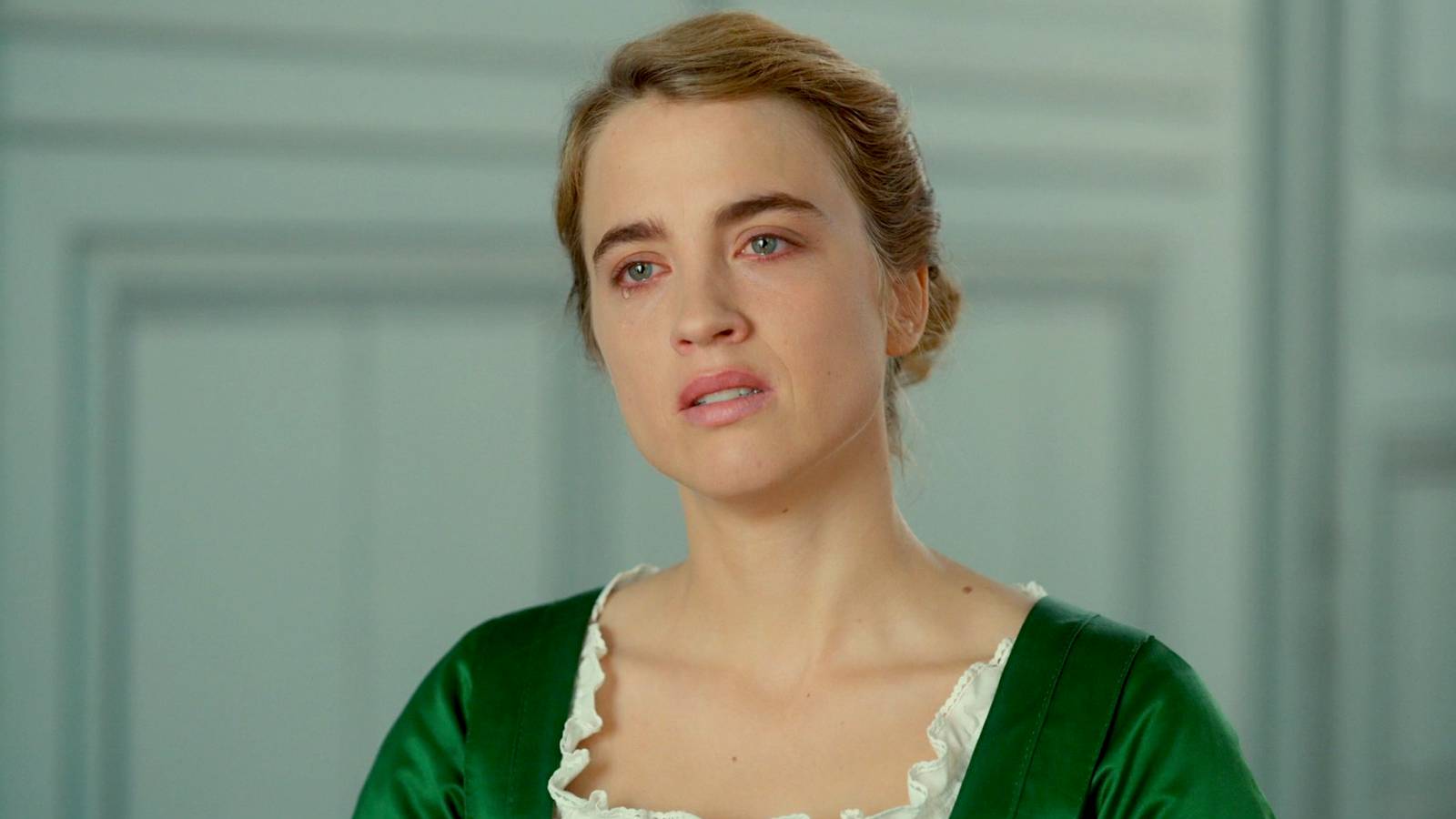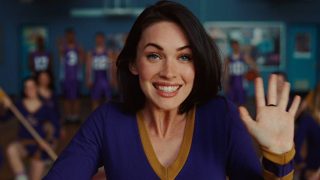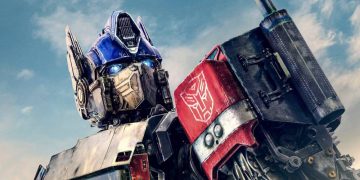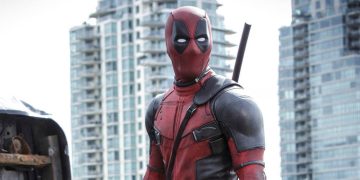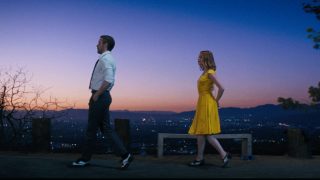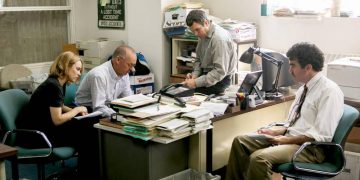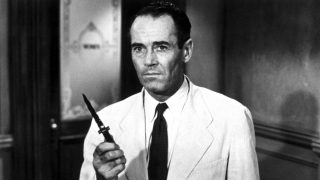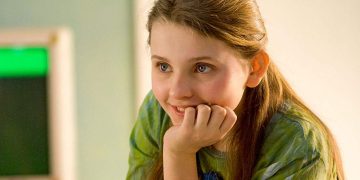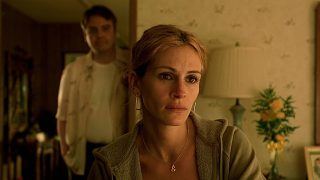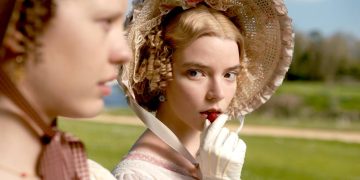The male gaze is one of the pillars of modern feminist theory in film, television, and literature. The idea was conceptualized by Laura Mulvey in 1975 and is still prominent in cinema 50 years on.
The male gaze refers to how women are depicted in the world—specifically media—from a heterosexual male's point-of-view. This depiction is generally hypersexualized and treats female characters as objects for the male protagonists to use.
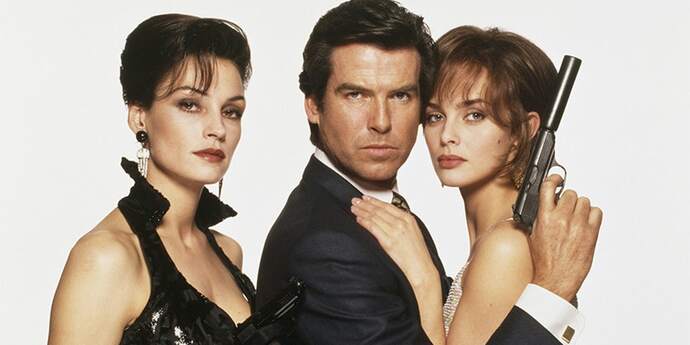
An obvious example would be the James Bond franchise, in which "Bond girls" are seldom more than erotic side characters. A Bond girl's only purpose is to look pretty and gratify Bond's desires, rarely having much character development themselves.
Now, in the past few years, a new player has entered the field: the female gaze. As you can probably guess, the female gaze subverts the traditional male-dominated viewpoint that's so common in Hollywood films throughout cinema history.
The female director/writer approaches their media in a different way to the stereotypical masculine view, and tends to have a more emotional or artistic core.
Female characters aren't as objectified, and male characters are less of the typical "macho hero" type. The female gaze also tends to be open to different sexual orientations.
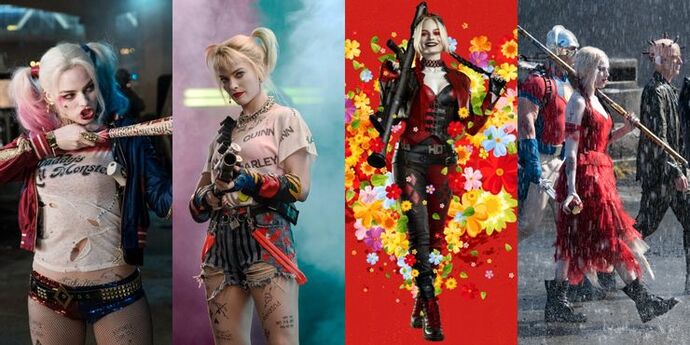
A good comparison of the male gaze versus female gaze is Margot Robbie's portrayal of comic book character Harley Quinn.
Her first appearance in Suicide Squad was directed by David Ayer, a white heterosexual man. In it, Harley Quinn was decked out in tiny shorts and ripped clothing, and had long child-like pigtails. These all served the heterosexual male audience—for men, by men.
On the other hand, Birds of Prey: Harley Quinn was directed by Cathy Yan, a Chinese-born American woman. In it, Harley Quinn is just as reckless, seductive, vicious, and fun as before—but without the need to please male viewers.
Her pigtails are shorter and framed with bangs, making her seem less child-like. She wears high-waisted shorts, ditches the padded underwear...oh, and isn't wearing a dog collar.
Let's dive into a few more movie examples of both the male gaze and the female gaze and how they impact their films' end results.
5 Examples of Male Gaze Movies
5. Transformers (2007)
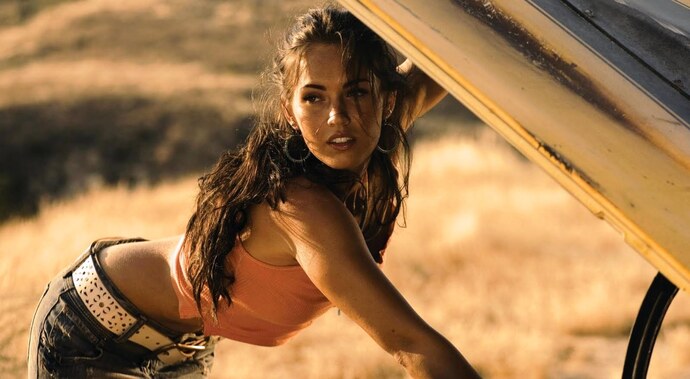
Directed by Michael Bay
Starring Shia LaBeouf, Megan Fox, Josh Duhamel
Action, Adventure, Sci-Fi (2h 24m)
That infamous scene of Megan Fox leaning over the hood of a car? That's the most male gaze thing, like, ever. A hot girl that knows mechanics? That'll have both Shia LaBeouf and the male audiences gawping, as was director Michael Bay's intention.
Her body is placed right in the center eyeline of the camera, where her crop top leaves little to the imagination. She's made the object of the camera and the audience. Bay has been critiqued for his sexualization of Fox (in other films, too) on many occasions.
4. The Wolf of Wall Street (2013)
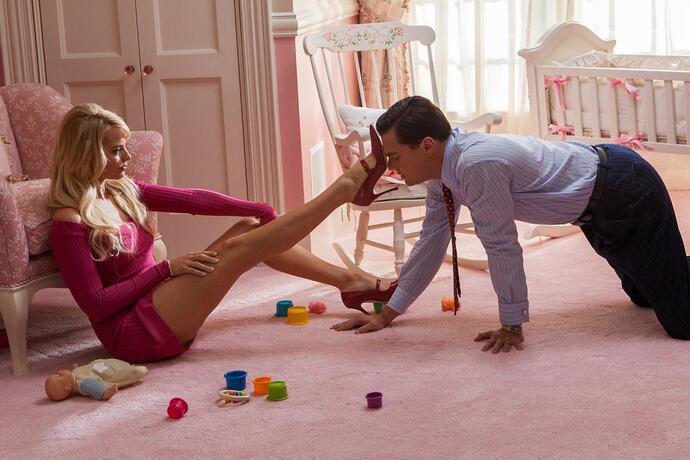
Directed by Martin Scorsese
Starring Leonardo DiCaprio, Jonah Hill, Margot Robbie
Biography, Comedy, Crime (3h)
Jordan Belfort, a real-life stockbroker and the protagonist of The Wolf of Wall Street, is the epitome of the male gaze.
He's a wealthy white businessman with an attractive blonde wife (played by Margot Robbie), who believes the whole world revolves around him. Martin Scorsese's crime-comedy documents the rise and fall of the Wall Street criminal (played by Leonardo DiCaprio).
Everything about this film is extravagant, crude, and hedonistic—including its portrayal of female characters.
Naomi's main purpose is pleasuring and seducing her husband after a long day's work. Once the money starts rolling in, he chooses her good looks over his former wife by having an affair.
Throughout the epic, we see pretty much every woman in an overly-sexualized way, whether that be taping money all over their near-naked bodies or snorting cocaine off their chests.
3. Vertigo (1958)
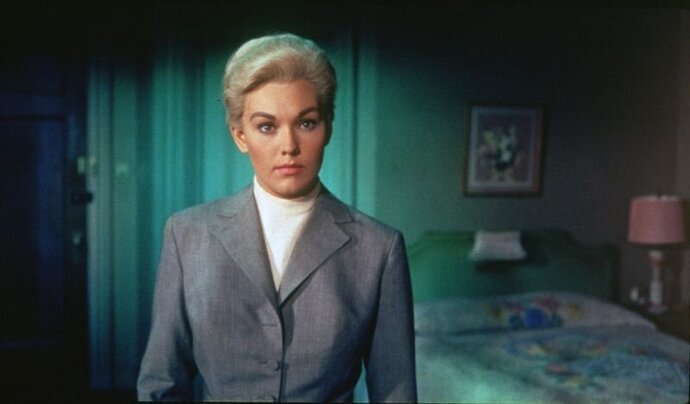
Directed by Alfred Hitchcock
Starring James Stewart, Kim Novak, Barbara Bel Geddes
Mystery, Romance, Thriller (2h 8m)
Alfred Hitchcock, for all his legendary influence on cinema, has been repeatedly accused of misogyny.
The middle-aged white director had a habit of killing off his female characters, and harbored an almost neurotic compulsion to abuse and mistreat them in the narrative—especially if they were blonde.
One such leading lady was Kim Novak in Hitchcock's classic thriller Vertigo, in which the chief theme is voyeurism.
The protagonist Scotty (played by James Stewart) is hired to spy on his old college friend's wife. He stalks her from place to place, creepily gazing through gaps in doors and car mirrors, eventually becoming infatuated with her.
When Madeleine falls to her death, he falls into a depression. On the street, Scottie spots a woman who reminds him of Madeleine, befriends her, and tries to turn her into his former lover complete with a makeover and whole new wardrobe.
It's all very predatory and weird, with the male gaze shining at its center. We watch, gawp, and manipulate Madeleine's looks throughout the whole movie; her personality means nothing in the face of her blonde locks and beautiful dresses.
2. Bombshell (2019)
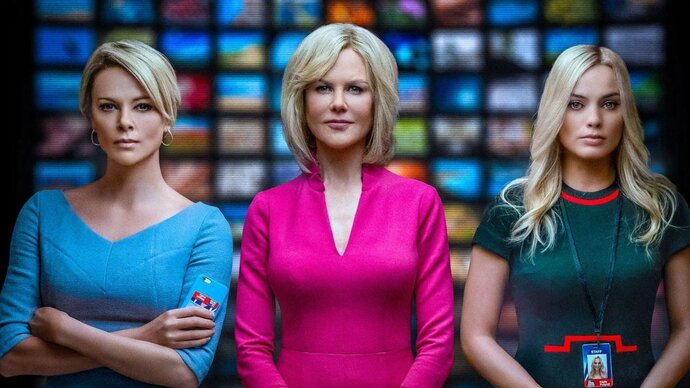
Directed by Jay Roach
Starring Charlize Theron, Nicole Kidman, Margot Robbie
Biography, Drama (1h 49m)
On the surface, Bombshell might seem to be all about empowering women and calling out male predators. But the film's approach to this premise is taken from the perspective of the male gaze.
Yes, Bombshell exposes the real sexual harassment cases brought against the CEO of Fox News, but it's directed by white male Jay Roach who presents these events from a very male-centric POV.
For example, in the infamous scene where Kayla (played by the attractive Margot Robbie who always seems at the other end of the male telescope) is asked to give the CEO a "twirl" during her interview, Roach places the camera directly on Kayla's skirt.
Margot Robbie later admitted to feeling very uncomfortable when filming this scene as she had to lift her skirt to John Lithgow, who played Roger Ailes. The camera is framed from Ailes's POV, allowing heterosexual male viewers to see exactly what Ailes was convicted for wanting and giving female viewers second-hand discomfort.
Roach employs a dark comedy feel that comes off as insensitive, which is worsened by the fact that he never probes deeper than the news headlines. In the end, the real victims' stories and experiences are hollowed out and sheened over with hairspray and pencil skirts.
1. Gentlemen Prefer Blondes (1953)
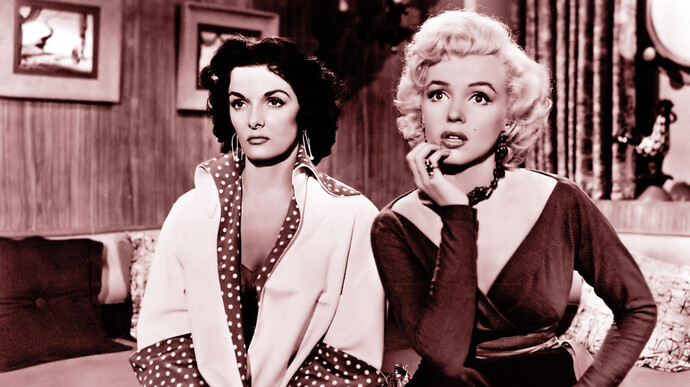
Directed by Howard Hawks
Starring Jane Russell, Marilyn Monroe, Charles Coburn
Comedy, Musical, Romance (1h 31m)
This one almost doesn't need explaining. The entire narrative of Howard Hawks's classic musical Gentlemen Prefer Blondes is built on guys looking at girls who are primed, poreless, and dolled up to please them.
Gentlemen Prefer Blondes was made in the stiflingly patriarchal 1950s when gender roles were firmly locked in place—men make money and talk business over whiskey while women look pretty and take care of the house and children. It's no surprise it comes from the male gaze, yet it's still a great example for gender/feminist studies in cinema.
In Gentlemen Prefer Blondes, the women are treated as fetishes, goods, prizes, and symbols of male success. A private detective is hired to watch Lorelei Lee, where the male gaze is non-consensually imposed upon her. Lorelei is also a showgirl—literally, a girl for show!
Marilyn Monroe was the preeminent sex symbol of the 50s, so she was the perfect casting choice for Lorelei. Her dyed-blonde hair connotes a ditsy nature—hollow, dumb, and malleable to the male gaze's desires.
5 Examples of Female Gaze Movies
5. Lady Bird (2017)
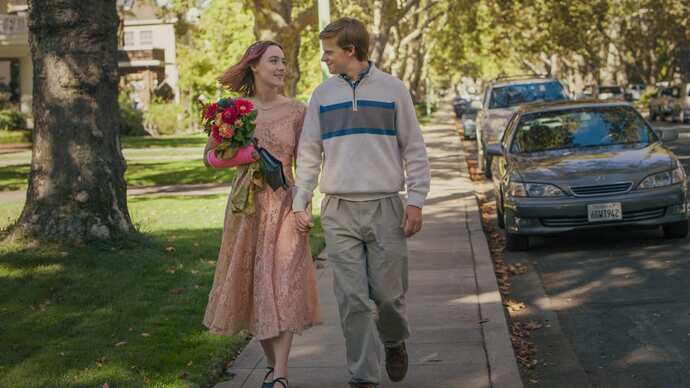
Directed by Greta Gerwig
Starring Saoirse Ronan, Laurie Metcalf, Tracy Letts
Comedy, Drama (1h 34m)
Director Greta Gerwig, despite only having made a handful of films as of this writing, is already a champion of the female gaze. She stands alongside big names like Sofia Coppola with a filmography that's steeped in dreamy, feminine aesthetics. (That's what made her the perfect director for the worldwide hit Barbie movie!)
Gerwig's coming-of-age movie Lady Bird follows young Christine McPherson (played by Saoirse Ronan) as she transitions from high school to college. Her experiences of friendship, young love, and first times is told entirely from the female gaze perspective.
The female gaze seems especially potent in Lady Bird because its roots are semi-autobiographical. The story is based on Gerwig's own experiences growing up in Sacramento, California. The film's blend of playfulness and drama give Lady Bird a unique authenticity.
Christine learns to put friendship before flighty romances and navigate the rocky terrain of mother-daughter relationships—something the male gaze never fully understands.
4. Orlando (1992)
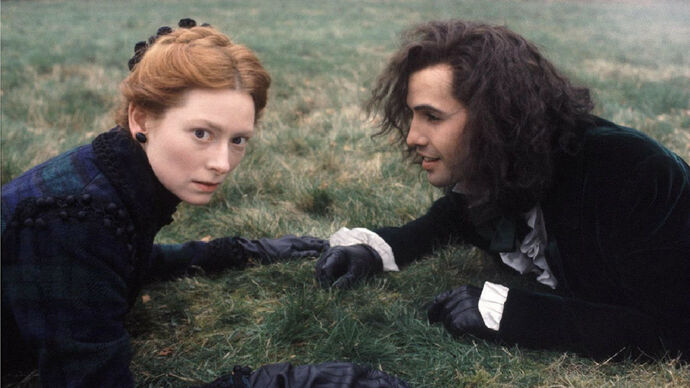
Directed by Sally Potter
Starring Tilda Swinton, Billy Zane, Quentin Crisp
Biography, Drama, Fantasy (1h 34m)
In Orlando, we have Tilda Swinton starring as nobleman Orlando in Sally Potter's unusual period piece based on Virginia Woolf's 1928 novel. Throughout the movie, Orlando changes into a woman and lives for many centuries without aging.
Even when presenting as a man, Orlando is still largely shown from the female gaze, with his androgyny meant to confront stereotypical views of gender. At the start of the film, Orlando interrupts his own poetry reading with a voiceover: "There can be no doubt about his sex." He literally interrupts the male gaze with an inquisitive, open-minded (female) question of gender.
Orlando ends with Swinton as a modern woman, publishing a book and raising a daughter on her own with no father/breadwinner in sight. What's more powerfully female than that?
Swinton also breaks the fourth wall a lot, which is a common trope used in female gaze media. One example is the series Fleabag, in which Phoebe Waller-Bridge's character flashes knowing looks to the audience—primarily female viewers, who will have an unwritten understanding of her expressions that many male viewers likely won't.
3. Clueless (1995)
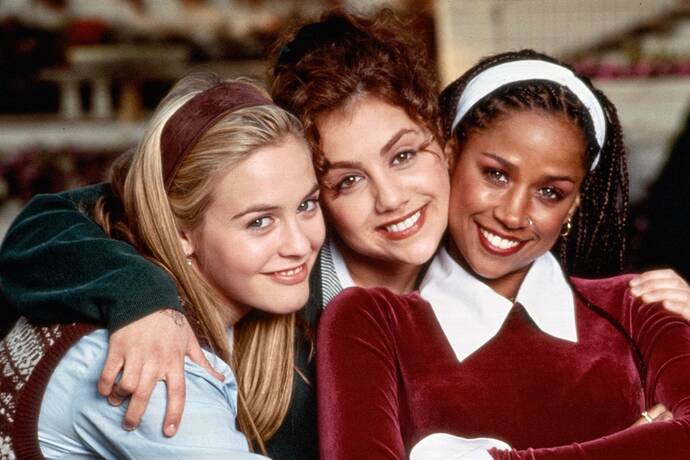
Directed by Amy Heckerling
Starring Alicia Silverstone, Stacey Dash, Brittany Murphy
Comedy, Romance (1h 37m)
Clueless is more than just a chick flick. It was a landmark for female independence in cinema. It paints a portrait of the modern woman in the 90s, where boys are something to seduce and control according to your desires—not theirs.
"Ugh, as if!" exclaims Alicia Silverstone when a boy tries to hug her. She's in control of her own world; nothing and no one will get through without her permission.
Clueless is considered a comedy, but one reserved for the ladies. The outfits are stylish and expressionistic, but not in a sexualized way. In Clueless, the women can be girly-girls with pink fluffy pens and thigh-high socks, yet remain strong and ambitious at the same time.
In this continuation of 1960s third-wave feminism, director Amy Heckerling broke down barriers with confident, self-aware female protagonists. Clueless is what paved the way and allowed future classics such as Legally Blonde to be possible.
2. Marie Antoinette (2006)
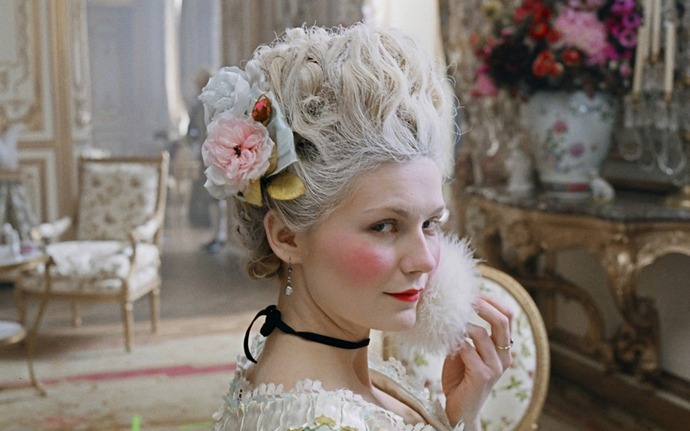
Directed by Sofia Coppola
Starring Kirsten Dunst, Jason Schwartzman, Rip Torn
Biography, Drama, History (2h 3m)
Director Sofia Coppola's most feminine female to date can be found in Marie Antoinette. Not only is the (loose) biopic centered on one of history's most famous women, but it doesn't shy away from anything pink and puffy.
The mise-en-scène of Marie Antoinette is stunning, to say the least. Coppola amps up her usual dreamy, pastel-graded visuals with an onslaught of colorful feathers, bouquets, floral patterns, and piles of cakes that are iced to perfection.
It might seem like overkill, but the main message is that Coppola isn't afraid to bask in femininity, nor does she care about making her female characters attractive to men or strong like men. It's pretty in all the ways she wants it to be and no one's going to tell her otherwise!
1. Portrait of a Lady on Fire (2019)
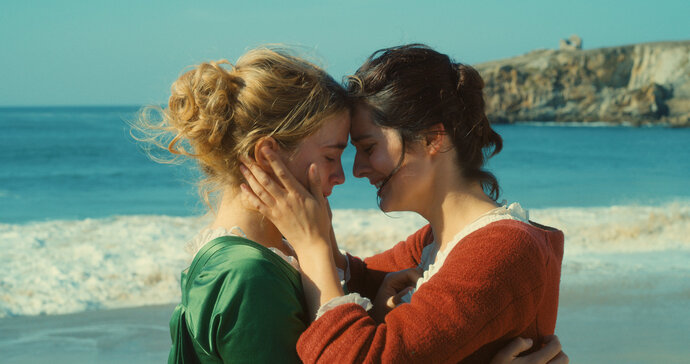
Directed by Céline Sciamma
Starring Noémie Merlant, Adèle Haenel, Luána Bajrami
Drama (2h 2m)
Female sexuality is fully embraced in Céline Sciamma's French period romance. It's been praised for its tender depiction of homosexuality in a time when such things were forbidden—something that translates back into modern day.
Portrait of a Lady on Fire features almost no male characters, driven entirely by the appetite and motivations of women. It takes places in 1770 where a female painter is hired to paint another woman's portrait as a gift for her husband-to-be.
Lesbianism has long been hypersexualised by straight men. Here, Sciamma takes back the reigns of sexuality and gives women a stage to act and love freely.
Portrait of a Lady on Fire has been described as a "manifesto about the female gaze" by critics, featuring daring and rebellious female characters. It doesn't shy away from the intricacies of the two women's affair or how the dominating omnipresence of men acts as a leash on women's freedom (even when none are physically present).
